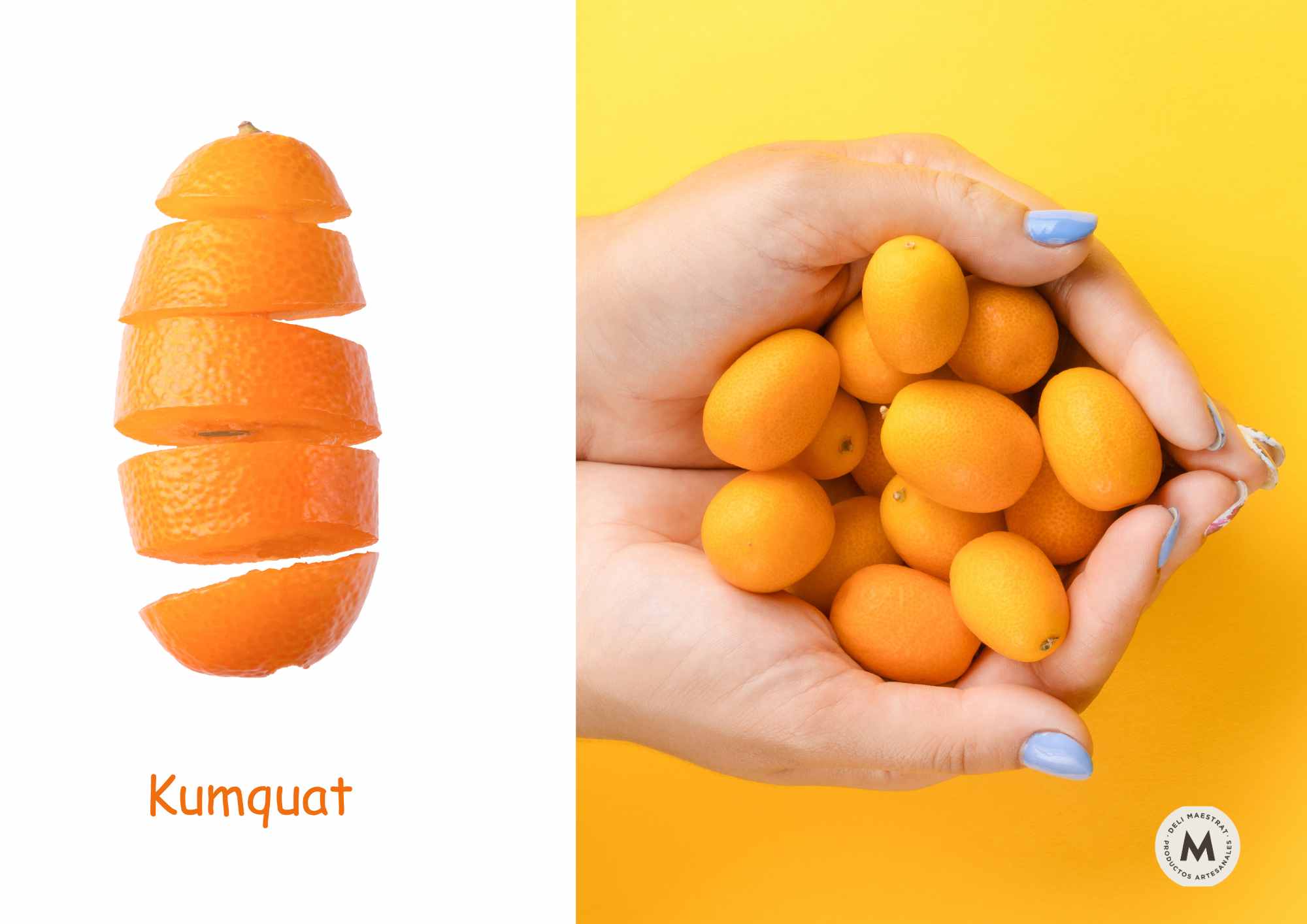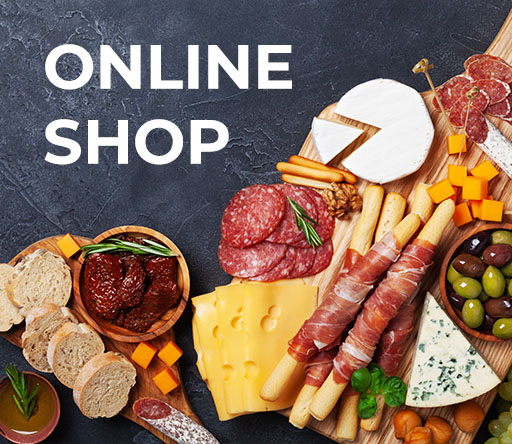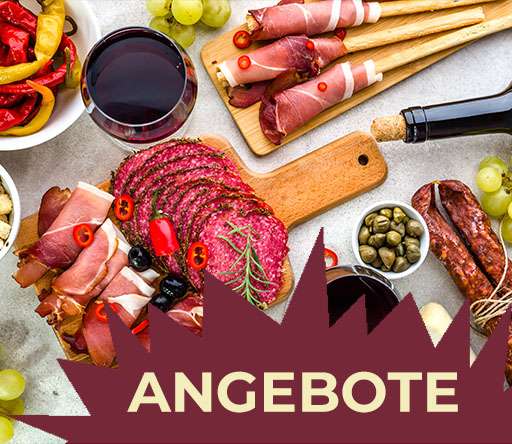Um die besten Erlebnisse zu bieten, verwenden wir Technologien wie Cookies, um Geräteinformationen zu speichern und/oder darauf zuzugreifen. Wenn Sie diesen Technologien zustimmen, können wir Daten wie das Surfverhalten oder eindeutige Identifikatoren auf dieser Website verarbeiten. Die Nichterteilung oder der Widerruf der Einwilligung können sich nachteilig auf bestimmte Merkmale und Funktionen auswirken.
Die technische Speicherung oder der Zugriff ist für den legitimen Zweck, die Nutzung eines bestimmten vom Abonnenten oder Benutzer ausdrücklich angeforderten Dienstes zu ermöglichen, oder für den alleinigen Zweck der Übertragung einer Kommunikation über ein elektronisches Kommunikationsnetz unbedingt erforderlich.
Die technische Speicherung oder der Zugriff ist für den rechtmäßigen Zweck der Speicherung von Präferenzen erforderlich, die nicht vom Abonnenten oder Benutzer angefordert wurden.
Speicherung oder technischer Zugriff, der ausschließlich statistischen Zwecken dient.
Die technische Speicherung oder der Zugriff, der ausschließlich zu anonymen statistischen Zwecken verwendet wird. Ohne eine Vorladung, die freiwillige Zustimmung deines Internetdienstanbieters oder zusätzliche Aufzeichnungen von Dritten können die zu diesem Zweck gespeicherten oder abgerufenen Informationen allein in der Regel nicht dazu verwendet werden, dich zu identifizieren.
Die Speicherung oder der technische Zugriff ist erforderlich, um Benutzerprofile für die Auslieferung von Werbung zu erstellen oder um den Benutzer für ähnliche Marketingzwecke über eine oder mehrere Websites hinweg zu verfolgen.
















